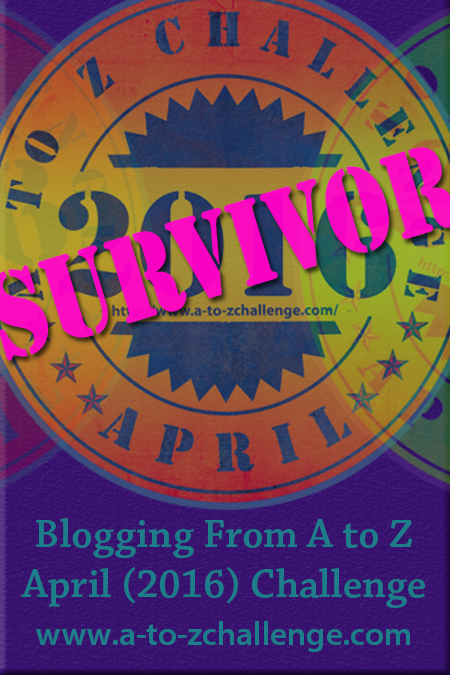 |
| An orca fishing along the shore in Clarence Strait. |
From Ketchikan Petersburg Clarence Strait
If
there’s one thing we’ve learned about SE Alaska in our
short time here, it’s that it knows how to rain and can pour down in sheets.
That was the case on Sunday, so we stayed in Exchange Cove and used the extra
time to work on our passage through Wrangell Narrows
Come
Monday morning, the rain and fog had cleared so we upped-anchor and made our
way across Sumner Strait Wrangell Narrows
According
to the guide, you should be able to transit the entire canal with favourable
currents if you enter on the last half of the flood. But we were experiencing
spring tides and weren’t able to find a way to avoid slogging against a 4-knot
current without stopping and waiting a couple of hours at Green Point (where
the current changes direction) before finishing the last seven miles. When we
got there, though, we were happy with the anchorage and decided to stay
overnight so we’d have a full day to explore Petersburg Norway
In
the late 1890s, a Norwegian immigrant called Peter Buschmann (along with his
wife and eight children) chose a site on Wrangell Narrows Petersburg
But we were stopping for
less ambitious reasons.
We
left Green Point by eight the following morning and were berthed in North Harbor Petersburg Slough .
Every
now and then, we find ourselves in need of civilization – internet and phone
access in particular – and this was one of those times. As it turns out, we’ve
been a bit spoiled by the coastal communities in British Columbia Alaska Mitkof Island Fredrick Sound
In
fact, it would have been worth staying an extra day to do just that but an
impending change in the weather brought the return of overcast skies, making it
a moot point. So we dropped our lines Wednesday morning and rode the tide out
into Frederick Sound Southeast Alaska ’s most favoured coastal towns.
Farvel til Petersburg
Note: This blog was written Wednesday, 10 June 2015 .













